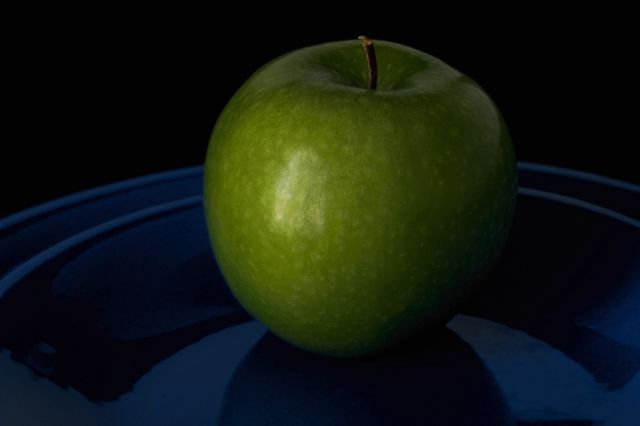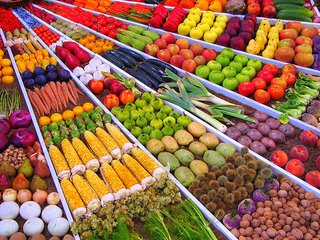 
Nutrition Basics Nutrition is all about the study of food and how our bodies use food as fuel for growth and daily activities. The macronutrients, or "big" nutrients include proteins, carbohydrates, and fats. The micronutrients, or "little" nutrients are the vitamins and minerals that we need to be healthy. Protein - Protein is the main structural component of the body. Organs, muscles, blood, cell membranes, and immune system are all made up of protein. The individual units are called amino acids, and are found through out our diet in meats, dairy products, eggs, poultry, fish, legumes, and soy. Carbohydrate - Carbohydrates are the major source of fuel for the body and individual cells. Carbohydrates are composed of carbon, hydrogen and oxygen. Types of carbohydrates include sugars, starches, and fiber. Sources include fruits, vegetables, legumes, milk, honey, syrups, table sugar, and grains. Fats -The essential fatty acids are so named because you need to get them from your diet. Your body can make many of the fats it needs from other types of fatty acids, but the omega-6 and omega-3 polyunsaturated fatty acids must come from the diet. Omega-6 fatty acids come from vegetable oils, nuts and seed oils. Most people get plenty of these fats from their diets -- usually more than enough. Omega- 3 fatty acids are found in fish. 
What foods are in the grain group? Any food made from wheat, rice, oats, cornmeal, barley or another cereal grain is a grain product. Bread, pasta, oatmeal, breakfast cereals, tortillas, and grits are examples of grain products. Grains are divided into 2 subgroups, whole grains and refined grains. Whole grains contain the entire grain kernel -- the bran, germ, and endosperm. Examples include: whole-wheat flour bulgur (cracked wheat) oatmeal whole cornmeal brown rice Refined grains have been milled, a process that removes the bran and germ. This is done to give grains a finer texture and improve their shelf life, but it also removes dietary fiber, iron, and many B vitamins. Some examples of refined grain products are: white flour degermed cornmeal white bread white rice Most refined grains are enriched. This means certain B vitamins (thiamin, riboflavin, niacin, folic acid) and iron are added back after processing. Fiber is not added back to enriched grains. Check the ingredient list on refined grain products to make sure that the word “enriched” is included in the grain name. Some food products are made from mixtures of whole grains and refined grains. VEGETABLES What foods are in the vegetable group? Any vegetable or 100% vegetable juice counts as a member of the vegetable group. Vegetables may be raw or cooked; fresh, frozen, canned, or dried/dehydrated; and may be whole, cut-up, or mashed. Vegetables are organized into 5 subgroups, based on their nutrient content. FRUITS What foods are in the fruit group? Any fruit or 100% fruit juice counts as part of the fruit group. Fruits may be fresh, canned, frozen, or dried, and may be whole, cut-up, or pureed. MILK What foods are included in the milk, yogurt, and cheese (milk) group? All fluid milk products and many foods made from milk are considered part of this food group. Foods made from milk that retain their calcium content are part of the group, while foods made from milk that have little to no calcium, such as cream cheese, cream, and butter, are not. Most milk group choices should be fat-free or low-fat. MEAT and BEANS What foods are included in the meat, poultry, fish, dry beans, eggs, and nuts (meat & beans) group? All foods made from meat, poultry, fish, dry beans or peas, eggs, nuts, and seeds are considered part of this group. Dry beans and peas are part of this group as well as the vegetable group. Most meat and poultry choices should be lean or low-fat. Fish, nuts, and seeds contain healthy oils, so choose these foods frequently instead of meat or poultry. 
Home | Recipes | Move Your Body | Looking Good |
|
|